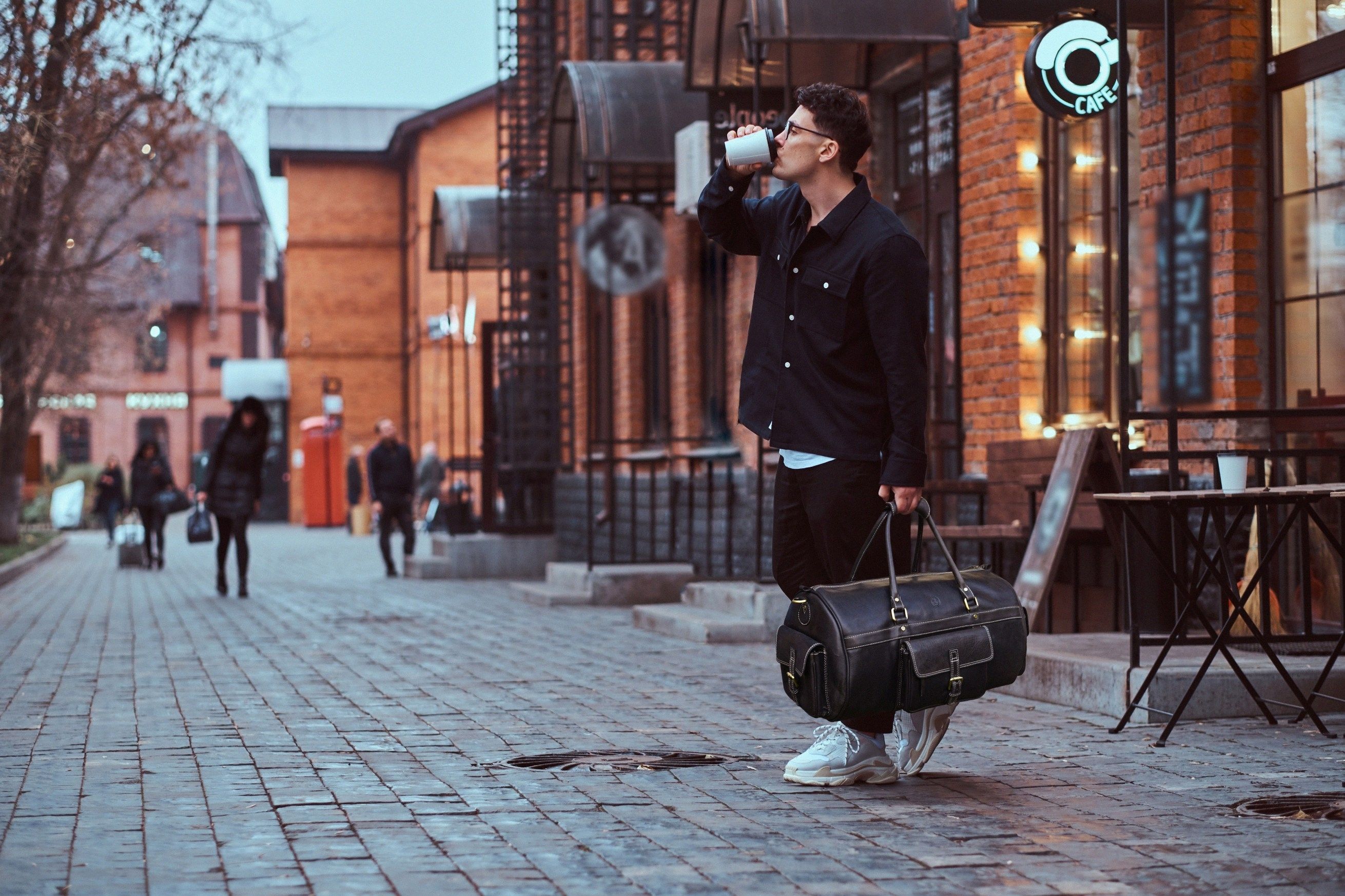
Everyone loves leather goods and accessories that is just a fact. Right? For many years, leather has been used by humans to make clothing, products, accessories, and more for many, many years back. The oldest leather objects date back to 2200 BC. That being said, you probably know by heart so far that the best options, particularly for bags, are handmade leather goods. We’ll find out the true benefits of buying leather items, and whether they’re worth the investment.
Let’s find out the characteristics and advantages in purchasing this unusual material that has been common and more than popular for over a century.
Saving Money in Long-Term
During the purchase process, you might find that leather products are pricey and may make you hesitant. If shown a little estimate, though, there is a chance that you might be persuaded. Investing in an authentic, top-grain leather item of any kind, in the long run, will ultimately save you more than buying a cheap, low-quality good. That goes for any leather product. No matter if the items are Leather Badge Wallets Handmade in the USA or a leather designer bag for women made in Italy.
As an example, if you buy a briefcase for 485 dollars, you can use it for the next 10 years. Although, there also might be a chance you will use it definitely longer. If you take good care of the leather of course. The briefcase ensures that it will only cost you 48.5 dollars a year.
Even if you use it for 5 working days a week. The cost per day then is 0.2 dollars for 230 working days per year. So, for a savvy shopper, that is surely not pricey and a well-worthy purchase. Otherwise, every year or so, you would need to repair your low-quality bag, which undoubtedly makes it far more costly in the long-term.
The Style and Elegance
The unique sense of elegance and sophistication of a leather product might be, by far, the first thing the whole world agrees with. Whether it is in navy blue, red, or just classic black, if you are carrying a top-grain leather briefcase, you will most likely feel like the most classy person in the entire meeting room, during your business trip, and in all events in between.
Eco-Friendly, Waterproof and Natural
Unlike other plastic materials used to produce belts, bags, wallets, and so on, leather is a natural fiber. It also suggests that the method of making a leather item would not pollute the atmosphere as it would do by using additional additives when producing plastic or faux products.
If you accidentally get trapped by drizzle or light rain, leather items have a certain amount of protection for your belongings or clothes underneath. Of course, this does not mean that if you have your leather bag soaked in the water, nothing can happen, however, it should stand proudly immune to moisture.
Leather does breathe as well. It also fights off bad odors, fungal attacks, dust mites, or dry abrasion that could easily occur in other imitations or synthetic leather.
Easy to Care For
Leather is such an easy-to-look-after luxury. In general, leather bags for instance, do not need any protective layer covering, since human bodies have hidden natural oils that will help feed the bag without the need for extra cream.
Do not ever put it on a radiator though to try and dry it off if your bag gets wet. The leather will dry out all the natural oils then and that will contribute to cracking.A leather item is a decent investment. It can last for a lifetime, and the longer you use it, the better it looks. The initial cost would be higher than a synthetic equivalent, but the product’s lifespan is much greater.

Recyclable & Repairable
Leather and leather by-products can be recycled and repaired. Leather trimmings from the manufacturing process can be repurposed as stuffing,or combined with other materials to make composite products such as leatherboard, which is used for insoles and heel inserts in footwear. At the very end of its life leather will biodegrade, depending on type in between 10 & 50 years. We see leather trims being creatively incorporated into wall coverings, plus more and more companies are recycling the leather component from footwear and leathergoods into something new.
Leather needs very little in the way of life-time maintenance and it easy to do at home, it does not draw heavily on resources for laundering and drying for example and we increasingly see the revival of artisan skills/offering repair services for treasured leather goods.
Leather makes the most supple of jackets or the firmest of walking boots, how can you deny such a fine material?
 Dutch (Netherlands)
Dutch (Netherlands)  French
French  Spanish
Spanish 




